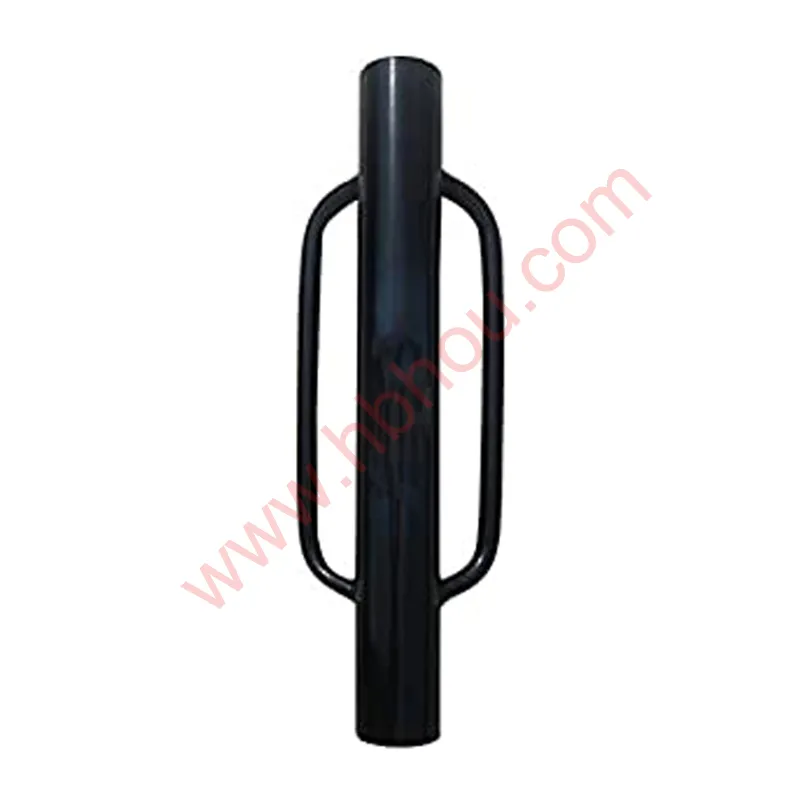Understanding the Costs of Barbed Wire Per Foot
Barbed wire has long served as a practical solution for fencing needs across various applications, from agricultural to industrial use. Its primary function is to provide security and containment, making it a popular choice for farms, ranches, and even residential properties. However, when considering the installation of barbed wire fencing, one of the key factors to consider is the cost per foot. This article aims to explore the factors that influence the cost of barbed wire, how to calculate the overall expenses, and the different types of barbed wire available in the market.
Factors Influencing Barbed Wire Costs
1. Material Quality The primary materials used in barbed wire include steel and galvanized steel. Galvanization involves coating the steel with zinc to prevent rust and corrosion. Higher quality materials tend to have a higher upfront cost but can be more durable over time, reducing replacement and maintenance costs.
2. Wire Gauge Barbed wire comes in various gauges, which indicate the thickness of the wire. Thicker wires (lower gauge numbers) are typically more expensive but offer increased strength and durability. Choosing the correct gauge for your intended use is crucial, as it affects both the cost and effectiveness of the fencing.
3. Number of Strands Barbed wire is available in different configurations, typically ranging from two to five strands. More strands mean more strength and security, but they also increase the overall cost. Your choice will depend on the level of security you require and your budget constraints.
4. Length of the Roll Barbed wire is sold in rolls, usually ranging from 100 to 1,000 feet or more. The cost per foot generally decreases when purchasing larger rolls, making it economically beneficial to buy in bulk if you have extensive fencing needs.
5. Geographical Location The price of barbed wire can vary significantly based on your location due to shipping costs, local market conditions, and the availability of materials. Urban areas may have different pricing structures compared to rural areas, which can influence your total expenditure.
6. Installation Costs While many property owners choose to install barbed wire themselves, professional installation services can add to the total cost significantly. Depending on the size of the area to be fenced and the complexity of the installation, hiring experts might be necessary to ensure durability and compliance with local regulations.
Calculating Costs
To assess the total cost of barbed wire fencing for your specific project, it is essential to gather a few key details
barbed wire cost per foot

1. Determine the Total Length Needed Measure the area you wish to fence accurately. This will help you calculate how many rolls of barbed wire you will need.
2. Select the Type and Gauge Depending on your needs (e.g., livestock management or security), choose the appropriate type of barbed wire and wire gauge.
3. Calculate Material Costs With the length, type, and gauge determined, multiply the cost per foot by the total feet required. Keep in mind that bulk purchases could result in lower costs per foot.
4. Add Installation Costs If opting for professional installation, obtain quotes from contractors and add this to your material expenses for a complete picture of the total cost.
Types of Barbed Wire
Understanding the different options available can also aid in determining cost-effectiveness. Common types include
- Standard Barbed Wire Typically made from steel and galvanized for corrosion resistance, this is the most common type.
- High Tensile Barbed Wire Thinner and stronger than regular barbed wire, allowing for greater tension and durability, though it is usually more expensive.
- Electric Barbed Wire This variant offers added security by delivering a mild electric shock to intruders, making it more complex and expensive to install.
Conclusion
In summary, the cost of barbed wire per foot is influenced by various factors, including material quality, gauge, length, and installation methods. By carefully assessing these elements and calculating your specific needs, you can arrive at a cost-effective solution for your fencing project. Whether you are looking to secure livestock, protect property, or create boundaries for any other purpose, understanding these details allows you to make informed decisions that align with your budget and requirements.
















